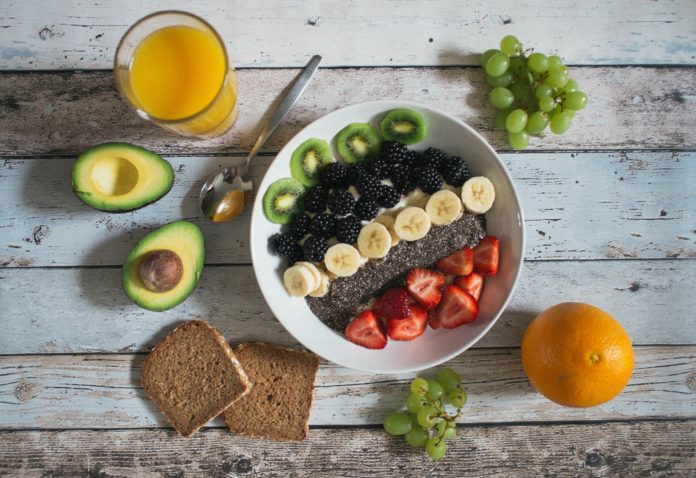
According to a new study, the sales of functional food ingredients are expected to exceed 1,900 thousand tons in 2019, and record a Y-o-Y growth of ~ 6% in 2020. Growth of the functional food ingredients market remains driven by a slew of factors, which range from the rising demand for clean label products and changing regulations in the food and beverage industry, to the growing awareness among consumers.
Functional food ingredients are available in various ingredient types such as vitamins, minerals, prebiotic & dietary fiber, probiotics, carotenoids, proteins, and omega-3 fatty acids. Manufacturers of functional food ingredients are customizing these for use in certain specific applications. Manufacturers of functional food ingredients are also providing certifications for certain claims, such as organic, non-GMO, Kosher, Halal, and many more.
These functional food ingredients are used in certain applications in the food and beverage industry. In the food industry, functional food ingredients are in high demand in dairy, bakery, and confectionery products. Prebiotic ingredients are mainly used in dairy products, and this is very popular in the Asia Pacific region especially in countries such as China, Japan, India, etc.
Escalated Demand for Healthy Beverages Driving Functional Food Ingredient Sales
Increasing demand for healthy beverages across the globe is expected to create opportunities for players in the global functional food ingredients market. Rising health conscious consumers have increased the demand for nutritional bars and beverages, thus increasing the sales of functional food ingredients. Players operating in the functional food ingredients market are expected to leverage this opportunity during the forecast period.
Due to European diets being high in fiber content, the perceived need for dietary fiber as a functional food ingredient is low. However, other types of functional food ingredients such as proteins, prebiotics, omega-3 fatty acids, etc., are high in demand. Products targeting specific ailments are expected to increase in terms of new product launches. Some key players have already put forward their products into specific wellness segments, such as diabetes-friendly, digestion enhancement, cognitive enhancement, and others. This has also increased the demand of functional food ingredients.
Market Gaining Traction with Snackification Trend
The consumption of protein-rich foods is trending among consumers. At the same time, health conscious consumers have reduced the consumption of products that are high in carbs and sweeteners, and food that has high fat content. Thus, high fiber and high protein food consumption has increased, thereby increasing the demand of functional food ingredients from the food industry.
The snackification trend is increasing, and the consumption of healthy products is increasing too. This has seen heightened product launches in the market, and food product manufacturers switching to functional food ingredients rather than economical products that are not good for health. Functional food ingredients are available in specific ingredient types and in mixes. The protein trend is commonly being observed in developed regions such as North America, Europe, and Japan. This is increasing the demand for functional food ingredients in these regions.
Functional Food Ingredients Market: Competitive Landscape
Some of the key players in the global functional food ingredients market are The Archer Daniels Midland Company, BASF SE, Cargill, Inc., E. I. Du Pont De Nemours and Company, Kerry Group Plc, Corbion N.V., Tate & Lyle Plc, AkzoNobel N.V., Koninklijke DSM N.V., Ingredion Inc., Fenchem Biotek Ltd., Jungbunzlauer Suisse AG, Dairy Crest Group Plc, etc.
These insights are based on a report on Functional Food Ingredients Market by Transparency Market Research.







